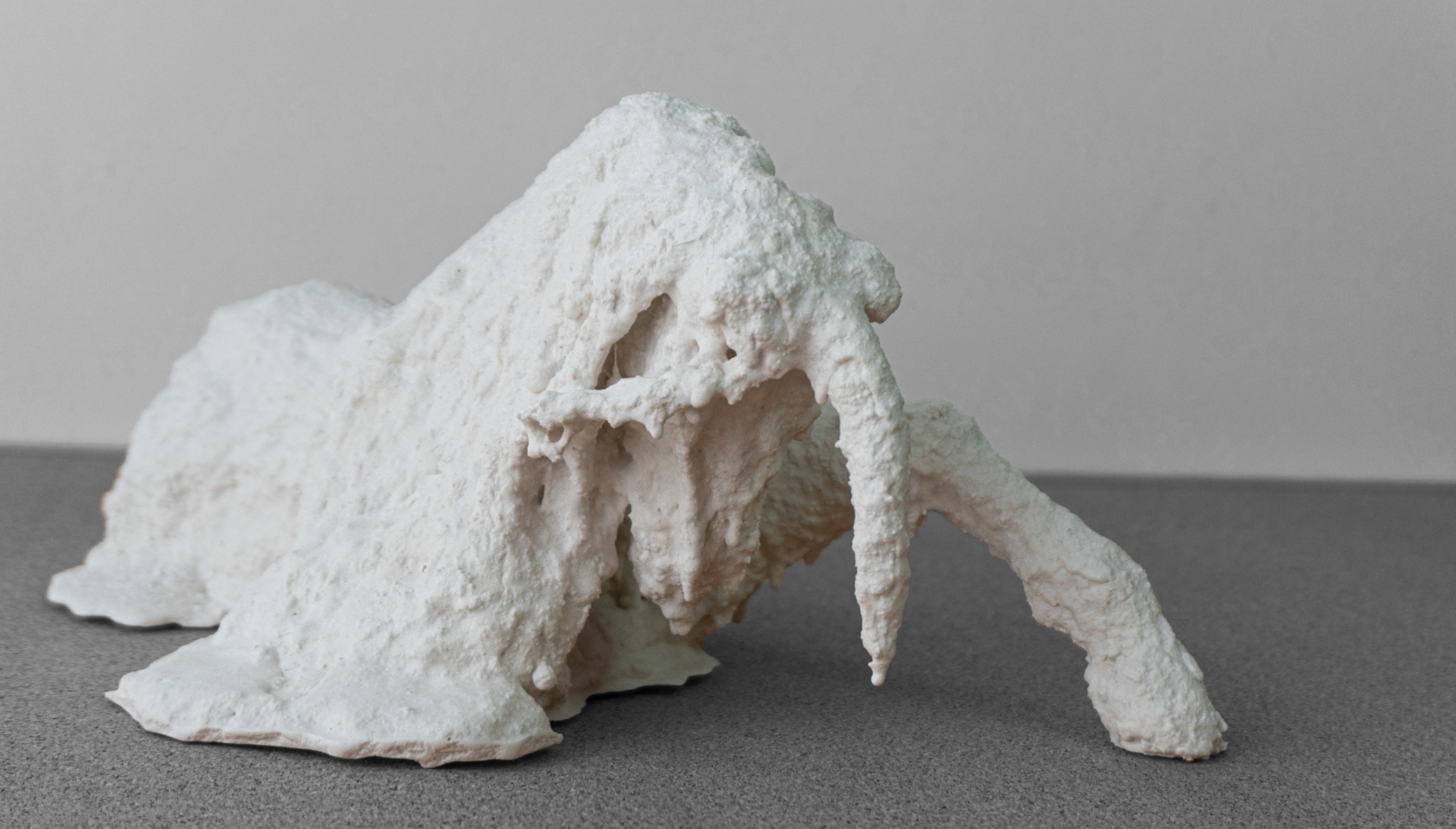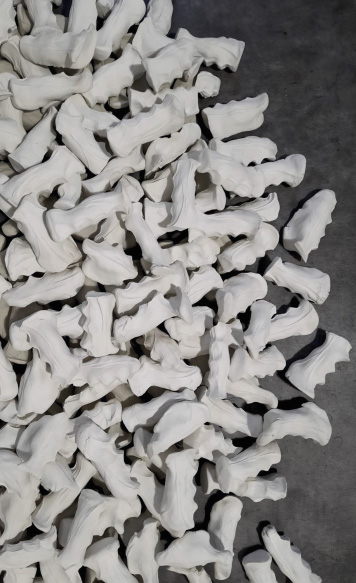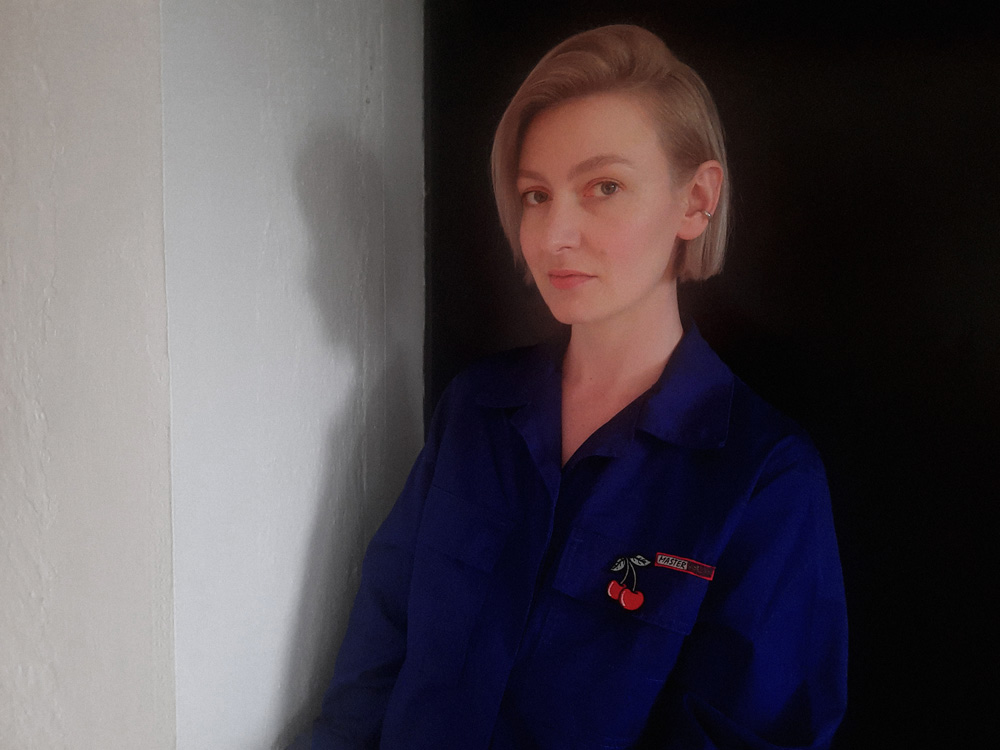The priority in public space is to teach egalitarian thinking and co-responsibility – Martyna Jastrzębska

- What do you think of your nomination in the Baltic Horizons competition?
I was very interested. Competitions are stressful for me but I see Baltic Horizons first and foremost as a project, an international activity; the aspect of competition is the least interesting to me. I don’t work commercially, on commission, so it made me wonder if I was definitely in the right place. However, the philosophy of the event overlaps with my current area of work, and I value opportunities for new experiences, so I’m happy to take on this collaboration.
- What functions should art have in public space?
The answer to this question is multifaceted, as demonstrated by many publications and presentations centred on the problematic role of art in public space. It is still a topical discourse because we live in a rapidly changing world; however, what one can or cannot do in many areas, including the visual, is strongly conditioned both culturally and economically. I agree with Chantal Mouffe that the public space for art is a battleground which does not necessarily lead to consensus. By contrast, for me, the priority is to learn to think egalitarian, to share responsibility. This does not mean that the message gets lost.

3. You are the only one of the nominees to come from the Tricity. Has this had any influence on your art?
I have been migrating for the vast majority of my adult life and have been professionally connected to the region for several years, but I am far from being a native Pomeranian. I really like Gdynia, Sopot and Gdańsk, I live and work here by choice. However, I do value a sense of independence and freedom. Certainly, the specific kind of distance, even strangeness, that accompanies me gets transferred into my art, more or less subtly. Apart from individual site-specific realisations, I do not feel that I am a narrator of the history of the Polish coast; I am more interested in geographically universal states and experiences.
- In 2016, as part of the Narrations festival, you created a border pole with the inscription “We Are Allowed to Love”. Why was this work created?
I was thinking about turning points, about how radically our reality can change when we cross a border. I chose the conventional form of a boundary pole; on its fourth wall were the geographical coordinates of the location in Biskupia Górka, the district where the festival was held at the time. This bombastic inscription was carved into the concrete in the Schwabacher; I wanted to combine the magical “here and now” with the weight of material and history. The work was dismantled after the festival, and two years later it was disposed of along with virtually all of my work at the time as part of the project “Twilight State” (2018).

- Can art fix the world?
It depends how you define “fixing”. If it is understood as an intervention with an almost immediate effect, then globally we are rather left only with hard politics. Many years ago, Hans Belting wrote that, from a political perspective, the art scene seems like a playground where actions take place that are completely removed from reality, or a mirror that reflects a new collective experience in a personal way. In my mind, we need playgrounds with mirrors. Art is an area for working with sensitivity and I see this as its greatest social potential. It is a tool for communication, creating one’s own language and trying to build a dialogue, but it is also an area which needs education. If you define “fixing” as a multi-stage process of social change, then you can indeed speak of the visible presence of art. Artivist projects are, after all, being created for exactly this purpose. But the topic of how best to fix the world with art is often discussed by people with big egos; I have no intention of joining that group. Above all, art is a discretionary space so there are no universal and eternal good solutions.
 Powrót
Powrót